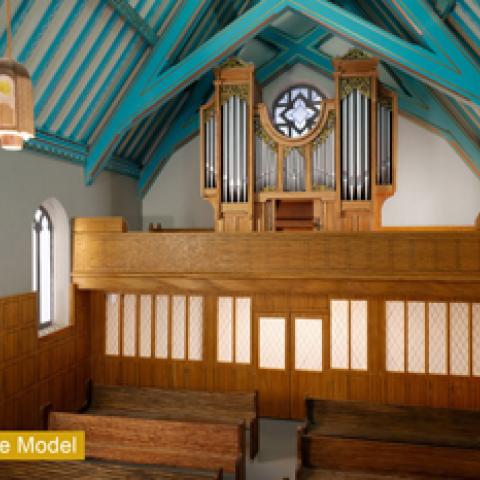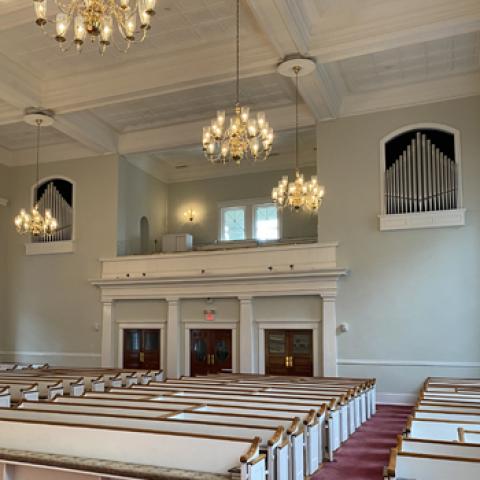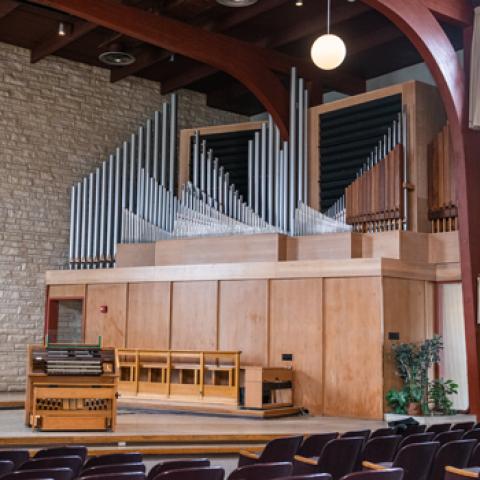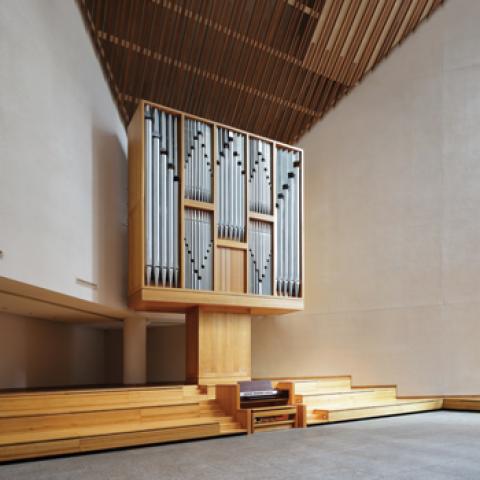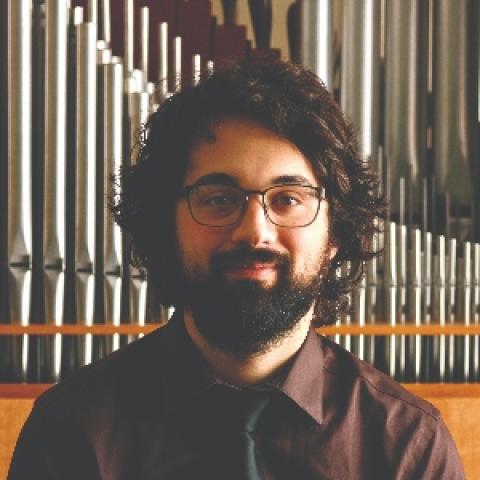
On June 18 C. B. Fisk, Inc., celebrated the completion of Opus 164, a new organ for the Chapel of the Christ Child at Christ Church Christiana Hundred of Wilmington, Delaware.
This was their first open shop since the start of the pandemic. About 350 guests enjoyed tours of the workshop, music, and excellent craft beer from a local brewer.
Opus 164 is a two-manual organ, winded, scaled, and voiced after northern Italian instruments of the 16th century. The organ was delivered to church on July 10. Nathan Laube will play a dedication recital in early November.
For information: cbfisk.com.
Other organ builder news:
Schantz Organ Company projects

